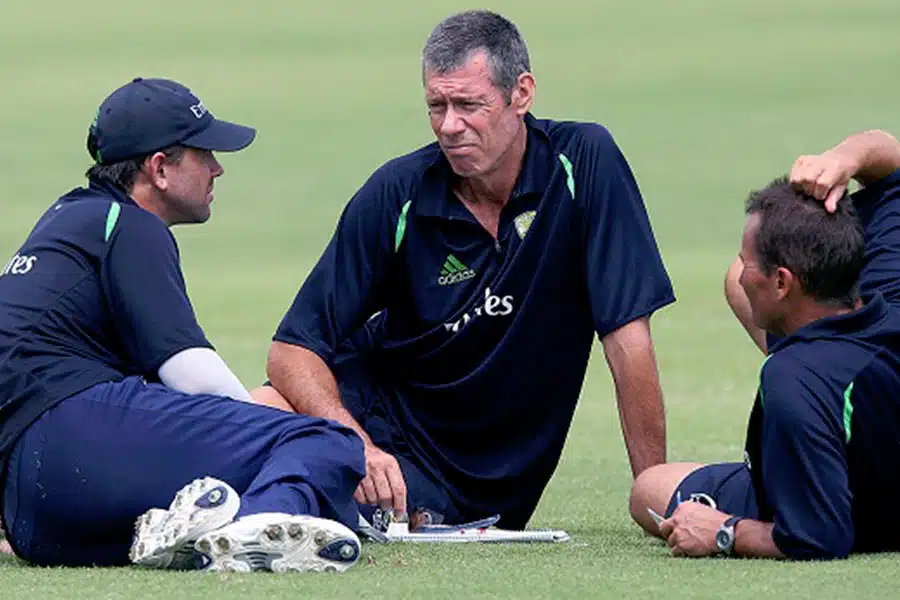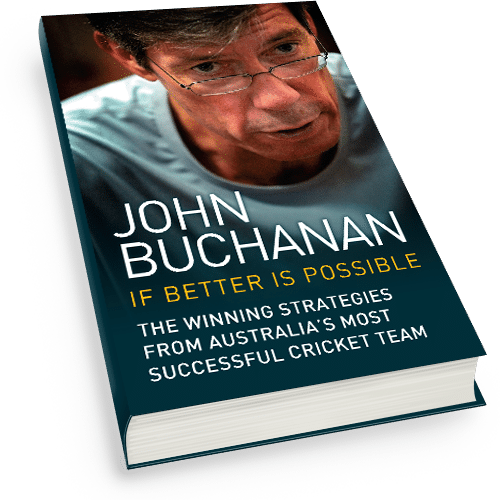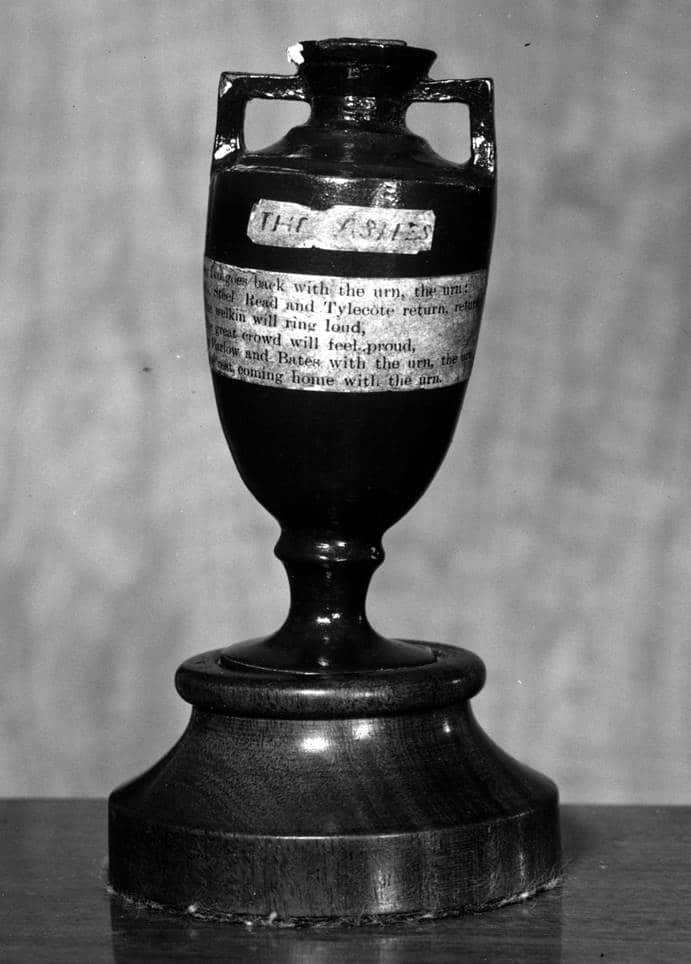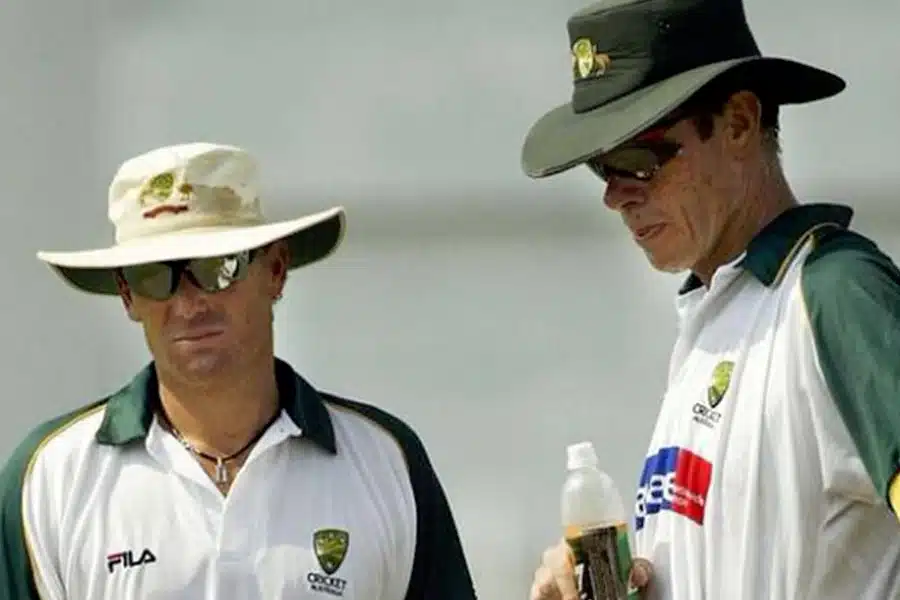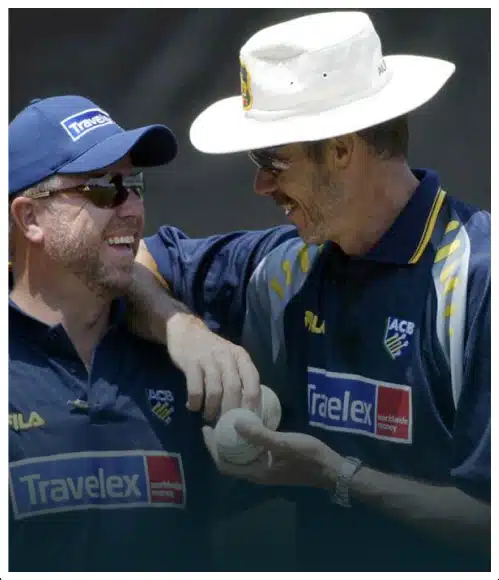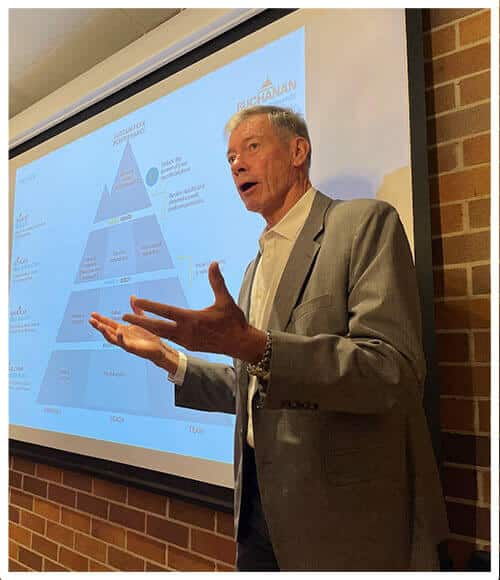Big data is already reshaping on-field tactics and team selection. It may not be too long before it changes the game as we know it.
In 2012, Rajasthan Royals signed Brad Hodge, one of a generation of high-quality Australian cricketers who spent years on the fringes of an all-time great side. Given Hodge’s pioneering T20 efforts, above and beyond his first-class and Test experience, this was a major signing by IPL standards.
Conventional wisdom held that Hodge should bat early in the innings. But Royals used Hodge deep in the order, preferring lesser local players at Nos. 3, 4 and 5. Observers were perplexed. ESPNcricinfo’s S Rajesh wrote that their decision defied logic because Hodge had better overall numbers than those who batted ahead of him.
Zubin Bharucha, Royals’ director of cricket, explained the rationale behind Hodge batting at No. 6 or even 7 in an email interview. He said Royals had “nobody better to play the role against the fast bowlers, and with those last four-five overs deciding the course of a majority of games, wouldn’t you want the player having the best stats against fast bowling to take on the responsibility for that phase?”
According to Bharucha, they found that Hodge had done brilliantly against pace (a strike rate of 157) but relatively poorly against spin (strike rate 115). Why use him at No. 3 when he would almost certainly have to face the full spells of the opposition’s specialist spinners? Even if a spinner was bowling late in the innings, Rahul Dravid, then Royals’ captain, told me in a Skype interview, the instructions to Hodge were to avoid taking chances, play the over out if need be, and save himself to attack the faster bowlers. Hodge’s batting position was incidental. The point was to use him against fast bowling at the end of the innings. Data showed that this would be a better use of Hodge than the more conventional approach.
A journeyman Ranji Trophy batsman could work on one aspect of his attacking play to the exclusion of all others and become useful for his franchise as a hyper-specialist.
This strategy seemed to work during Hodge’s second season with Royals. He remained unbeaten seven times in 14 innings and scored 293 runs in 218 balls. Interestingly Hodge played for two other T20 sides between 2012 and 2014 – Melbourne Stars and Barisal Burners. Both used him in one of the top three spots and he did just as well in terms of strike rate and batting average. However, the success of Royals’ experiment lay not just in Hodge’s numbers but in the success of other players and of the team as a whole.
Royals was not the first side to make such a tactical choice. Don Bradman famously reversed his batting order on a drying pitch in Melbourne in the 1936-37 Ashes. Sunil Gavaskar has written in One Day Wonders about holding back Kapil Dev while Lance Cairns was bowling in the semi-final of the 1985 World Championship of Cricket. Gavaskar felt Kapil was better off taking on the pace of Richard Hadlee rather than the deceptively tempting mediums of Cairns. Kapil made 54 in 37 balls and saw India home.
There have also been more systematic tactical choices. During the 1995-96 Australian domestic season, John Buchanan, then the Queensland coach, used Jimmy Maher and Martin Love to take on fast bowlers in the last ten overs. As Buchanan explained in an email interview, “I wanted skilled batsmen who could also run well between wickets to take advantage of this period. It did mean we might sacrifice some scoring possibilities earlier, but I backed our top order as well as the fact that we chose some batting allrounders who could bat higher.”
More famously Ajit Wadekar and Mohammad Azharuddin used Sachin Tendulkar to open the innings in ODIs in 1994, a move that lasted 18 years, multiple captaincies and brought India 15,310 runs and two World Cup finals. Arguably, it also paved the way for two other middle-order batsmen, Sourav Ganguly and Virender Sehwag, to open in ODIs.
Note the difference between Bharucha’s explanation for the Hodge tactic and the other examples. Buchanan’s explanation was based on an understanding that a specialist batsman’s methods are useful against faster bowlers. Gavaskar’s educated guess was down to his reading of Kapil’s approach. Bradman surmised that the surer methods of specialist batsmen would yield greater results on a drier pitch. The “data”, such as it was, that Wadekar and Azharuddin had to go on, had to do with Tendulkar’s ability to attack the bowling, and Tendulkar’s enthusiasm for the job. Bharucha had nothing to say about Hodge’s technique or approach. His reasoning was based entirely on a new kind of measurement – the measurement of outcomes, based on events that had been recorded.
The central question teams need to tackle is whether or not a coach has a legitimate role as a tactician when a game is in progress
It would be a mistake to think that tactical choices were not based on data before the IPL or before Buchanan became Australia’s coach. Data was used. It was data about technique and approach, not outcomes. It may not have been tabulated into percentages or frequency distributions or probabilities, but technique has always been based on propensities. The history of the game is littered with stories of eagle-eyed slip fielders who could see a batsman and work out his weaknesses – which good bowlers could then exploit. The use of logical inference based on observed fact to improve performance and make tactical choices is as old as the game itself. What is new is the type of data being collected.
This article was written by Kartikeya Date for the full story go to http://www.thecricketmonthly.com/story/908287/databall
Also please check out Kartikeya’s website at http://cricketingview.org/ or touch base with via LinkedIn https://www.linkedin.com/pub/kartikeya-date/31/ab5/21a
Please message us your thoughts and comments!
Lead for World Class Performance— Join our Free Mini Course!

